Upload File To Ssh Server Mac
Uploading files to an SSH (Secure Shell) server on a Mac can be a convenient and secure way to transfer data. Whether you need to copy files from the server to your local machine or upload files to the server, this article will guide you through the process. We’ll cover preparation and setup, terminal configuration, establishing an SSH connection, transferring files, verification and confirmation, troubleshooting, and helpful tips. So, let’s get started!
Preparation and Setup:
1. Ensure that you have an SSH client installed on your Mac. The default terminal application, Terminal, already includes an SSH client. You can find Terminal in the Utilities folder within the Applications folder.
2. Locate the SSH server’s address, username, and password from your server provider or system administrator. You will need these credentials to establish an SSH connection.
Terminal Configuration:
Before you can begin transferring files, you may need to configure some settings in the Terminal application. Follow these steps:
1. Open Terminal from the Utilities folder or use Spotlight to search for it.
2. In the Terminal menu, click on “Preferences.”
3. Within the Preferences window, select the “Profiles” tab.
4. Choose the profile you would like to modify (or create a new one) and click on the “Shell” tab.
5. Under the “Run command,” select “Keep shell open” and choose “Never” from the drop-down menu.
6. Close the Preferences window to save the changes.
Establishing SSH Connection:
Now that you are ready, let’s establish an SSH connection to the server:
1. Open Terminal.
2. Type the following command, replacing “username” with your actual username and “server_address” with the server’s address:
“`
ssh username@server_address
“`
3. Press Enter and enter your password when prompted. Note that when you type the password, you won’t see it on the screen. Press Enter again to connect to the SSH server.
Transferring Files to the SSH Server:
There are several ways to transfer files to the SSH server. Here, we’ll cover the most commonly used method:
1. Open Terminal and make sure you are connected to the SSH server.
2. Use the following command to upload a file to the server, replacing “local_file_path” with the path of the file on your Mac and “remote_directory” with the destination directory on the server:
“`
scp local_file_path username@server_address:remote_directory
“`
3. Press Enter and enter your password when prompted. The file will then be transferred to the specified directory on the SSH server.
Verification and Confirmation:
To ensure that the file has been successfully transferred, you can check the SSH server:
1. In Terminal, use the SSH connection command mentioned earlier to connect to the server.
2. Navigate to the directory where you uploaded the file:
“`
cd remote_directory
“`
3. Execute the following command to list the files in the directory:
“`
ls
“`
4. Look for the transferred file in the list. If it appears, the upload was successful!
Troubleshooting and Tips:
If you encounter any issues during the uploading process, here are a few troubleshooting tips:
– Double-check the SSH server address, username, and password to ensure they are entered correctly.
– Make sure you have proper permissions to access the SSH server and write to the destination directory.
– If the upload doesn’t work, try transferring the file to a different directory on the server.
– Verify that your internet connection is stable and not interrupting the file transfer process.
FAQs:
Q: How can I copy a file from the SSH server to my local Mac?
A: You can use the “scp” command to copy a file from the SSH server to your local Mac. Simply reverse the source and destination arguments in the command mentioned earlier, like this:
“`
scp username@server_address:remote_file_path local_directory
“`
Q: Can I upload files to the server using a command line interface?
A: Yes, you can use the “scp” command to upload files to the server via the command line. Refer to the file upload command mentioned earlier, making sure to replace the paths and directory names.
Q: How do I upload a folder to a Linux server from my Mac?
A: To upload a folder, you can use the “scp” command with the “-r” flag to enable recursive copying. Here’s an example:
“`
scp -r local_folder_path username@server_address:remote_directory
“`
Q: Can I copy a file from my Mac to a Linux SSH server?
A: Yes, using the “scp” command, you can copy a file from your Mac to a Linux SSH server. The command is similar to uploading a file, but with the source and destination paths switched:
“`
scp local_file_path username@server_address:remote_directory
“`
Q: Is it possible to upload a file to an SSH server through the Linux terminal?
A: Yes, you can use the “scp” command in the Linux terminal to upload files to an SSH server, following the same format mentioned earlier.
In conclusion, uploading files to an SSH server on a Mac is a straightforward process once you have the necessary tools and configurations in place. Remember to follow the steps carefully and utilize the troubleshooting tips provided if you encounter any issues. Now you can securely transfer files between your Mac and an SSH server with ease!
Mac Linux Terminal: Ssh File Transfer
How To Upload Files To Server Using Ssh?
In today’s digital world, transferring files securely between devices or uploading them to a server is a common necessity. While there are several methods available, Secure Shell (SSH) provides a reliable and secure option for transferring files to a remote server. SSH is widely used for its encryption capabilities, making it an ideal choice for transferring sensitive data. In this article, we will explore the process of uploading files to a server using SSH in depth, providing step-by-step guidance for both Windows and Linux users.
Before we begin, it’s important to note that SSH should already be installed and configured on both your local machine and the server you wish to upload the files to. If you haven’t set up SSH yet, consult the documentation for your specific operating system for instructions on installation and configuration.
Uploading Files to a Server Using SSH on Windows:
1. Launch the command prompt or PowerShell on your Windows machine. You can do this by pressing Win + R and typing “cmd” or “PowerShell” in the dialog box.
2. Once the command prompt or PowerShell window is open, navigate to the directory where the file you want to upload is located. You can use the “cd” command to change directories.
3. In the command prompt or PowerShell window, type the following command to upload a file to the server:
“`
scp [local_file_path] [username]@[server_address]:[remote_directory_path]
“`
Replace `[local_file_path]` with the full path of the file on your local machine, `[username]` with your username on the remote server, `[server_address]` with the IP address or domain of the server, and `[remote_directory_path]` with the path to the directory where you want to upload the file on the server.
4. Press Enter, and you will be prompted to enter your password. Type your password (the characters won’t appear on the screen) and press Enter again.
5. The file will now be uploaded to the server, and you will see a progress indicator showing the transfer’s status.
Uploading Files to a Server Using SSH on Linux:
1. Open the terminal on your Linux machine. You can typically find it in the Applications menu under System Tools or by pressing Ctrl + Alt + T.
2. Once the terminal is open, navigate to the directory where the file you want to upload is located. You can use the “cd” command to change directories.
3. In the terminal, type the following command to upload a file to the server:
“`
scp [local_file_path] [username]@[server_address]:[remote_directory_path]
“`
Replace `[local_file_path]` with the full path of the file on your local machine, `[username]` with your username on the remote server, `[server_address]` with the IP address or domain of the server, and `[remote_directory_path]` with the path to the directory where you want to upload the file on the server.
4. Press Enter, and you will be prompted to enter your password. Type your password (the characters won’t appear on the screen) and press Enter again.
5. The file will now be uploaded to the server, and you will see a progress indicator showing the transfer’s status.
FAQs:
Q1. Is SSH the only method for file transfer to a remote server?
While SSH is a reliable and secure method for file transfer, other protocols like FTP (File Transfer Protocol) and SFTP (Secure File Transfer Protocol) can also be used depending on your server’s configuration and needs.
Q2. Can I upload multiple files using SSH?
Yes, you can upload multiple files at once using SSH. Instead of specifying a single file path, you can use wildcards or specify multiple file paths separated by a space.
Q3. How can I upload an entire directory to the server?
To upload an entire directory to the server, you can use the “scp” command with the “-r” option. For example:
“`
scp -r [local_directory_path] [username]@[server_address]:[remote_directory_path]
“`
Replace `[local_directory_path]` with the full path of the directory on your local machine.
Q4. How can I monitor the progress of the file transfer?
Both Windows and Linux provide progress indicators during the file transfer. You can monitor the upload progress in the command prompt, PowerShell, or terminal window.
Q5. Are there any limitations on file size when using SSH for file transfer?
SSH does not impose specific limitations on file size, but factors such as available network bandwidth and server storage capacity may affect the transfer speed and feasibility of large file uploads.
In conclusion, uploading files to a server using SSH is a straightforward process that ensures secure and reliable transfers. Whether you’re a Windows or Linux user, following the outlined steps will enable you to seamlessly upload files to a remote server. Remember to always exercise caution when handling sensitive information during file transfers and choose an appropriate method based on your server’s configuration and security requirements.
Can I Upload Files Through Ssh?
SSH, short for Secure Shell, is a network protocol that provides secure access to remote systems. It is widely used for remote administration, file transfers, and secure communication. One common question that arises when using SSH is whether or not you can upload files through it. In short, the answer is yes. In this article, we will explore the process of uploading files through SSH and provide a detailed explanation for those who are new to the concept.
Uploading files through SSH can be accomplished using a variety of methods and tools. The most popular way is through the use of the scp command, which stands for secure copy. The scp command allows you to securely transfer files between your local machine and a remote server using the SSH protocol.
To upload a file using scp, you need to have SSH access to the remote server. Once connected, you can use the following syntax:
“`
scp [source file] [destination]
“`
The source file represents the file you want to upload, while the destination denotes the location on the remote server where you want to place the file. For example, if you want to upload a file named “example.txt” to the directory “/home/user” on the remote server, you would use the following command:
“`
scp example.txt user@remote:/home/user
“`
In this command, “user” represents the username you use to connect to the remote server, and “remote” represents the domain name or IP address of the server.
After executing the scp command, you will be prompted to enter the password for the remote server. Once the password is verified, the file transfer will begin, and you will see a progress bar indicating the upload progress. Once the transfer is complete, the file will be available in the specified directory on the remote server.
Not only does scp allow you to upload files to a remote server, but it also provides various options to customize the upload process. For instance, you can preserve file permissions and timestamps using the -p flag, enable compression with the -C flag to reduce transfer time, or transfer entire directories by specifying the -r flag.
Another method to upload files through SSH is by using SFTP (Secure File Transfer Protocol). SFTP is a file transfer protocol that runs on top of SSH and provides a secure way to transfer files between systems. Most SSH clients, such as FileZilla, provide built-in support for SFTP.
To upload files using SFTP, you need to connect to the remote server using an SFTP client and provide your SSH credentials. Once connected, you can simply drag and drop the files from your local machine to the desired directory on the remote server. The file transfer will take place securely, and you can monitor the progress in the SFTP client’s interface.
Frequently Asked Questions (FAQs):
Q: Can I upload files through SSH without using the terminal?
A: Yes, you can upload files through SSH without using the terminal. As mentioned earlier, you can use SFTP clients such as FileZilla, which provide a graphical interface for uploading files securely.
Q: Can I upload multiple files at once through SSH?
A: Yes, you can upload multiple files at once through SSH. You can either specify multiple source files in the scp command or drag and drop multiple files in an SFTP client.
Q: Is it possible to resume an interrupted file upload through SSH?
A: Yes, it is possible to resume an interrupted file upload through SSH. The SCP and SFTP protocols support resuming transfers, allowing you to start from where the transfer was interrupted.
Q: Can I upload files to a remote server using SSH keys instead of passwords?
A: Yes, you can upload files to a remote server using SSH keys instead of passwords. SSH keys provide a more secure and convenient way to authenticate with remote servers. By generating and exchanging SSH keys, you can bypass the need to enter passwords every time you connect.
To conclude, uploading files through SSH is a straightforward and secure process. Whether you choose to use the scp command or an SFTP client, you can easily transfer files between your local machine and a remote server. By understanding the basics of file uploading through SSH, you can efficiently manage your remote file transfers and ensure the security of your data.
Keywords searched by users: upload file to ssh server mac Copy file from server to local mac, upload file to server, upload file to server cmd, Copy file from server to local SSH, upload file to ubuntu server, upload folder to linux server from mac, Copy file from mac to linux ssh, how to upload local file to server through linux terminal
Categories: Top 56 Upload File To Ssh Server Mac
See more here: nhanvietluanvan.com
Copy File From Server To Local Mac
Method 1: Using Terminal
One of the most powerful and flexible ways to copy files from a server to a local Mac is by utilizing the built-in Terminal application. Here’s a step-by-step guide to help you through the process:
Step 1: Launch Terminal
To open Terminal, navigate to Applications > Utilities > Terminal, or simply search for “Terminal” using Spotlight.
Step 2: Connect to the Server
Once Terminal is open, you need to establish a connection with the server from which you wish to copy files. Use the following command, replacing “server_address” with the actual address of the server:
“`
ssh username@server_address
“`
If necessary, provide your username and password when prompted.
Step 3: Navigate to the Source Directory
Using Terminal, navigate to the directory on the server containing the files you want to copy. You may use commands like `cd` to change directories and `ls` to list the files and folders present.
Step 4: Copy the Files
To copy a single file from the server to your local Mac, use the `scp` command followed by the file’s name, the destination path on your Mac, and the server address:
“`
scp username@server_address:source_file_path destination_on_local_machine
“`
For example:
“`
scp username@server_address:/path/to/source/file.txt /Users/your_username/Documents/
“`
To copy an entire directory, append the `-r` flag to the `scp` command to enable recursive copying:
“`
scp -r username@server_address:source_directory_path destination_on_local_machine
“`
Again, replace the placeholders with your username, server address, and desired paths.
Method 2: Using File Transfer Protocols (FTP/SFTP)
If you are more comfortable using a graphical user interface (GUI), using file transfer protocols like FTP or SFTP might be the best option. Here, we will focus on using the widely-used SFTP protocol:
Step 1: Download an SFTP Client
Begin by downloading and installing an SFTP client such as Cyberduck, FileZilla, or Transmit.
Step 2: Launch the SFTP Client
After installation, launch the SFTP client of your choice.
Step 3: Connect to the Server
Provide the server address, username, and password in the appropriate fields within the SFTP client’s interface. Click on the “Connect” or “Go” button to establish a connection.
Step 4: Navigate and Transfer Files
Once connected, you will see a split interface displaying your local Mac’s file system on one side and the remote server’s file system on the other. Navigate to the directory containing the files you want to copy on the server, select the desired files or folders, and use the client’s transfer options to copy them to your local machine.
FAQs
Q1: Can I copy files from a server to a local Mac without using Terminal or SFTP clients?
While Terminal and file transfer clients are the most popular methods, there are alternative options available. For instance, some cloud storage providers offer syncing functionality, allowing you to automatically copy files between your server and local Mac. Other online services may also provide their own file transfer mechanisms.
Q2: How do I copy files from a Windows server to a local Mac?
The process is quite similar to the methods outlined above. You can use Terminal or SFTP clients that support Windows servers. The key difference lies in the commands used within the Terminal application, which may vary between Windows and macOS.
Q3: Can I automate file transfers between a server and my local Mac?
Yes, you can automate file transfers using scripting languages such as Bash or AppleScript. By creating scripts that run specific copying commands, you can schedule or trigger these transfers at specified intervals or events.
In conclusion, copying files from a server to a local Mac can be achieved through various approaches. Whether you prefer using Terminal, SFTP clients, or other methods, understanding the steps involved is crucial. By following the outlined instructions and exploring alternative tools, you can ensure a seamless file transfer experience from the server to your macOS device.
Upload File To Server
In today’s digital age, uploading files to a server has become a commonplace activity for individuals and businesses alike. Whether you need to transfer important documents, share multimedia files, or back up your data, understanding the process of uploading files to a server is essential. In this article, we will delve into the topic of uploading files to a server in great detail, covering everything from the basic steps to frequently asked questions. So, let’s dive in!
Section 1: Understanding the Basics
Before we delve into the process, let’s clear some fundamental concepts. A server is a computer or a system that provides resources, files, or services to other computers or clients connected to it. It acts as a repository for the files you upload, enabling users to access and download them.
Section 2: How to Upload Files
To upload a file to a server, you will typically need an internet connection and access to a server either through an FTP (File Transfer Protocol) client or a web interface provided by the server. The steps may vary depending on the server or service you are using, but here is a general method:
Step 1: Connect to the Server
If you’re using an FTP client, open the client and enter the server’s address, username, and password to establish a connection. On the other hand, if you have access to a web interface, simply open it in your preferred web browser.
Step 2: Navigate to the Desired Upload Location
Use the FTP client or the web interface’s file explorer to navigate to the folder or directory where you want to upload your files. It’s crucial to select the correct destination to ensure easy retrieval and organization of your files down the line.
Step 3: Select and Upload Files
Depending on the platform, you can upload files by either dragging and dropping them from your local computer to the server window or by selecting the desired files and clicking on the upload button. Remember to check file size limitations imposed by the server or service you’re using.
Step 4: Monitor the Upload Progress
Once the files start uploading, the FTP client or web interface will display a progress bar or similar indicator to let you know the upload status. It’s always a good practice to monitor the progress to ensure a successful transfer.
Section 3: Frequently Asked Questions
Now, let’s address some commonly asked questions about uploading files to a server:
Q1: What file formats can be uploaded to a server?
A1: The file formats you can upload to a server are generally not restricted. However, it’s essential to consider compatibility with the operating system or software that will be used to access and open the files.
Q2: Are there any file size limitations when uploading to a server?
A2: Yes, file size limitations may vary depending on the server or service you are using. Some platforms impose maximum file size restrictions to ensure efficient server performance and prevent overwhelming the system.
Q3: Can I upload folders to a server?
A3: Yes, most FTP clients and web interfaces support the upload of entire folders or directory structures to a server. This is especially useful when you need to transfer multiple files located in the same folder.
Q4: Is it possible to resume an interrupted file upload?
A4: In most cases, resuming an interrupted file upload depends on the capabilities of the FTP client or web interface you’re using. Some applications allow you to resume the upload process from the point of interruption, while others may require you to start the upload from scratch.
Q5: How secure is uploading files to a server?
A5: The security of file uploads depends on several factors, including the server or service you’re using and the measures you take to protect your files. It’s advisable to use secure FTP protocols and ensure the server has adequate security measures in place, such as SSL encryption and user authentication.
Q6: Can I upload files to a server without an internet connection?
A6: Unfortunately, uploading files to a server requires an internet connection as the files need to be transmitted over the web. Without an active internet connection, you cannot transfer files to a server.
In conclusion, uploading files to a server is a fundamental task that ensures efficient data transfer, sharing, and storage in today’s digital world. By following the steps outlined above and considering the FAQs addressed, you will be well-equipped to upload files to a server successfully. Remember to always prioritize security and choose reliable server platforms or services for a seamless experience.
Upload File To Server Cmd
In today’s digital world, uploading files to a server has become an integral part of our workflow. It allows us to share documents, media files, and other data quickly and securely. While there are various methods available to accomplish this task, one powerful option is to use the command line.
This article will guide you through the process of uploading files to a server using the command-line interface (CLI). We’ll explore different command options, discuss common use cases, and provide step-by-step instructions to help you upload files efficiently.
Understanding the Command Line Interface (CLI)
The command-line interface, also known as the terminal or shell, is a text-based interface where users interact with the underlying operating system by typing commands. Despite its daunting appearance for beginners, using the command line can be immensely powerful and efficient once you become familiar with it.
Uploading Files via Command Line
To upload files to a server using the command line, we can utilize various protocols such as FTP (File Transfer Protocol), SFTP (Secure File Transfer Protocol), or SCP (Secure Copy Protocol). In this article, we’ll focus on SCP, which provides a secure and reliable option to transfer files between local and remote servers.
SCP (Secure Copy Protocol) Upload
SCP is a secure file transfer protocol based on SSH (Secure Shell) that allows us to copy files between local and remote servers. It is widely supported and can be used across different operating systems.
To initiate an SCP transfer, open your terminal or command prompt and enter the following command:
“`
scp
“`
In the above command, `
For example, suppose you want to upload a file named “example.txt” located on your local machine to a server with the IP address “192.168.0.1” in the “/var/www/files” directory. The command would be:
“`
scp example.txt 192.168.0.1:/var/www/files
“`
Once executed, the file will be securely transferred to the specified server.
FAQs:
Q: Can I upload multiple files simultaneously using SCP?
A: Yes, SCP allows you to upload multiple files at once. To achieve this, simply provide multiple file paths as the `
“`
scp file1.txt file2.txt 192.168.0.1:/var/www/files
“`
Q: How can I upload an entire directory to a remote server?
A: Although SCP does not provide a direct option to upload entire directories, you can achieve this by using the “recursive” flag (-r) along with the command. Here’s an example:
“`
scp -r my_directory 192.168.0.1:/var/www/files
“`
This command uploads the entire contents of the “my_directory” folder to the remote server.
Q: Is there any way to resume an interrupted file upload using SCP?
A: Unfortunately, SCP does not natively support resuming interrupted file transfers. However, you can use third-party utilities like `rsync` that leverage the SCP protocol and offer resumable transfers. The rsync command would be:
“`
rsync –partial
“`
Q: Can I upload a file to a specific port using SCP?
A: Yes, you can specify a custom port using the `-P` flag, followed by the desired port number. For instance, to upload a file to port 2222, the command would be:
“`
scp -P 2222 example.txt [email protected]:/var/www/files
“`
Q: How secure is SCP for file transfer?
A: SCP uses SSH for authentication and encryption, making it a secure option for file transfer. The files are transferred through an encrypted channel, ensuring confidentiality and integrity during the process.
Q: What if I encounter permission issues while uploading files using SCP?
A: Ensure that you have the necessary permissions on both the local and remote servers. You may need to be a privileged user (such as root or have sudo access) to access certain directories on the remote server. Additionally, make sure the destination folder has the correct write permissions.
Q: Are there any size limitations for file uploads using SCP?
A: The size of the file you can upload using SCP depends on the limitations imposed by your system and network. In general, SCP does not impose any specific file size restrictions, but individual environments may have their limitations.
Conclusion
Uploading files to a server using the command line provides a fast, efficient, and secure way to transfer data between local and remote systems. By utilizing SCP, you can easily transfer files while maintaining the confidentiality and integrity of your data. The command-line interface offers flexibility and a powerful set of options, enabling you to upload single or multiple files, directories, and even resume interrupted transfers. Keep exploring the vast potential of the command line to enhance your productivity and streamline your file management tasks.
Images related to the topic upload file to ssh server mac

Found 39 images related to upload file to ssh server mac theme



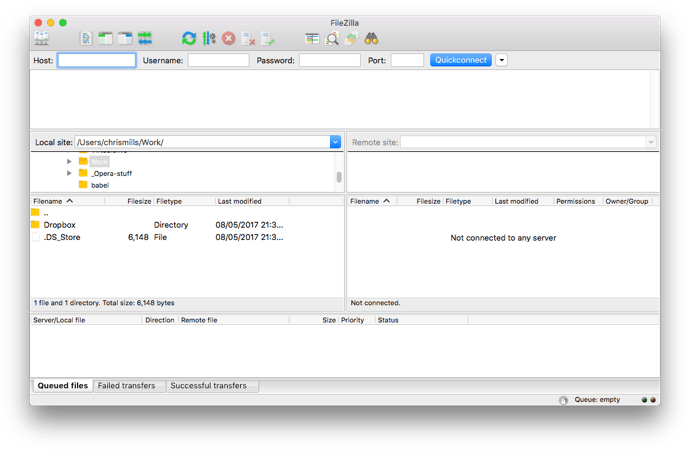


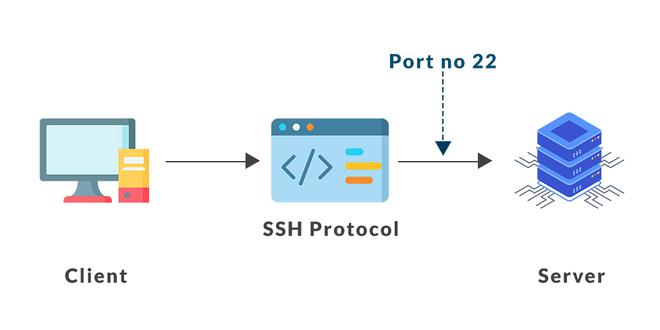
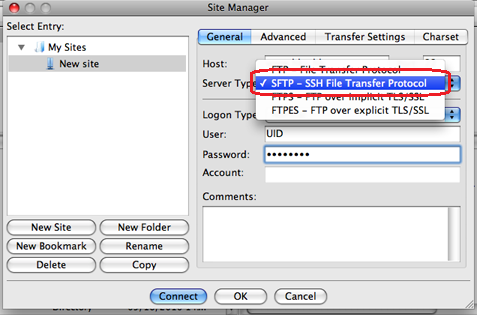
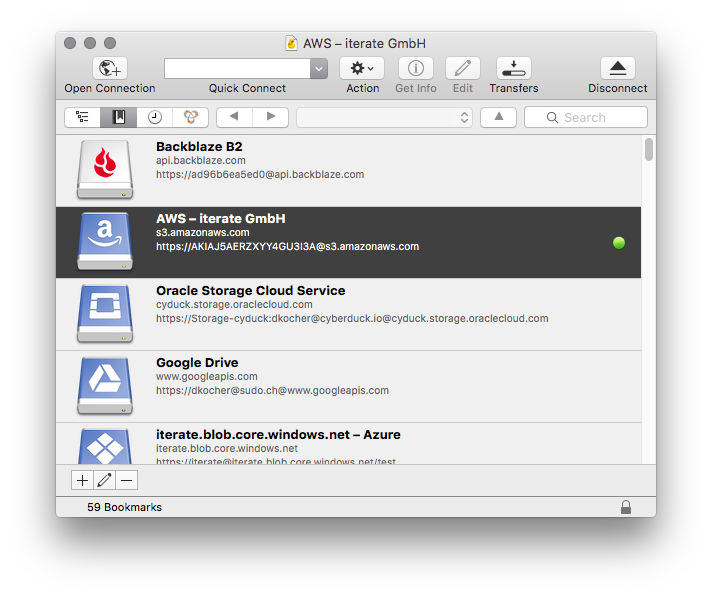
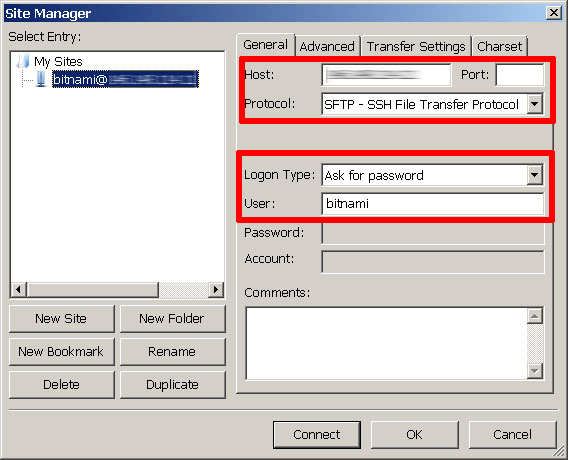
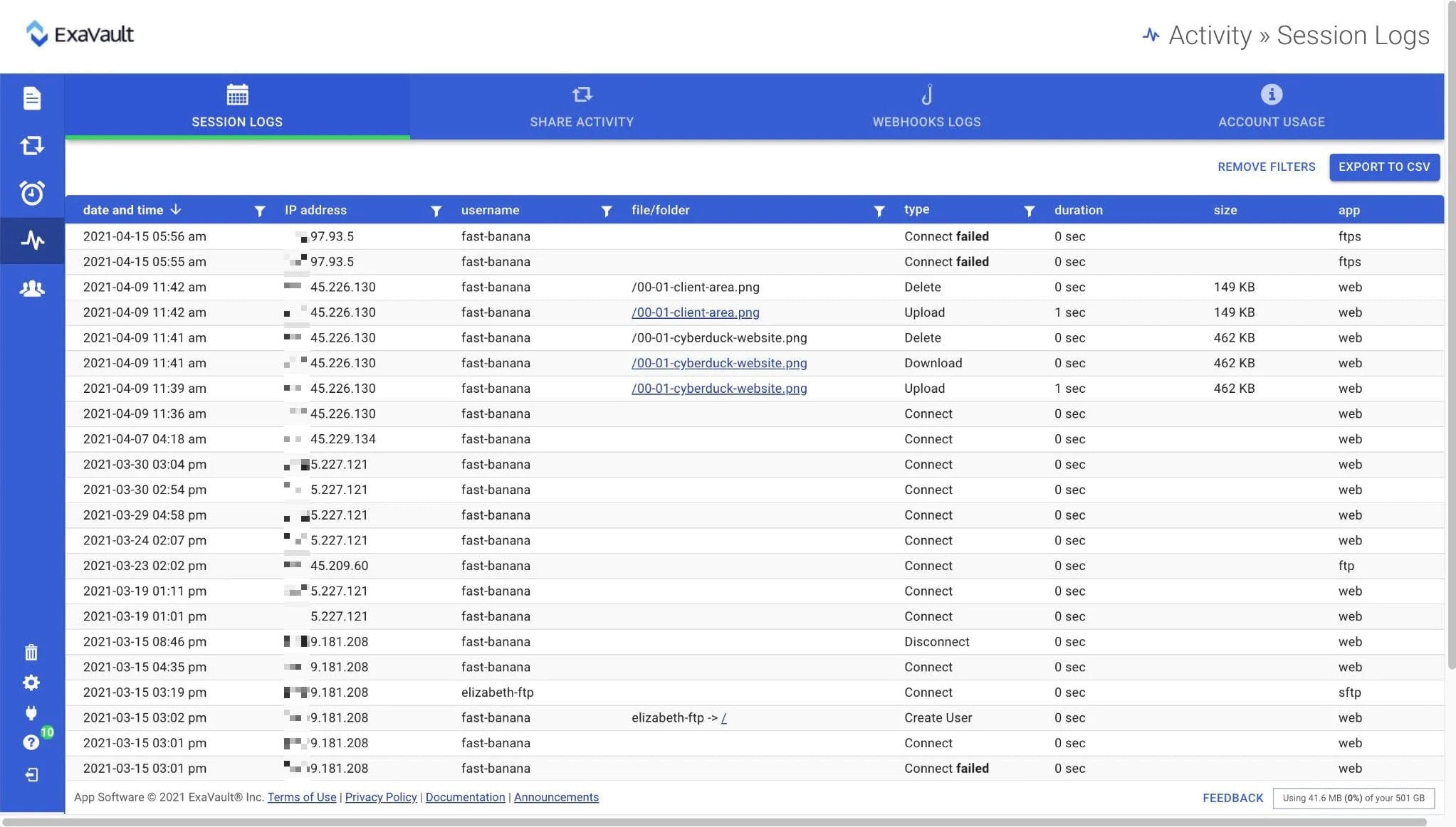
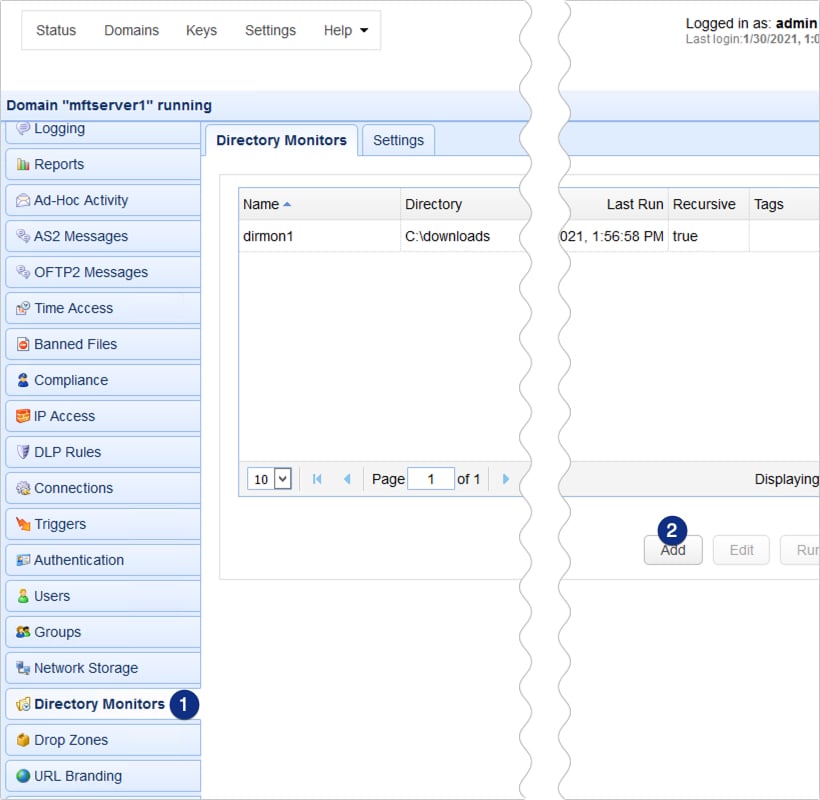
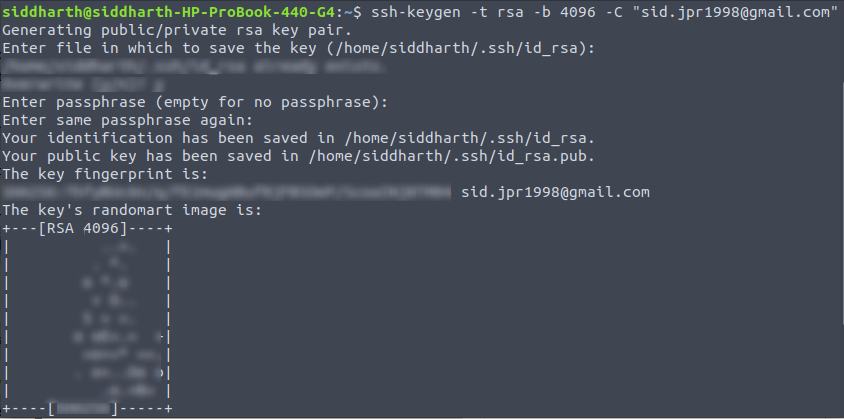

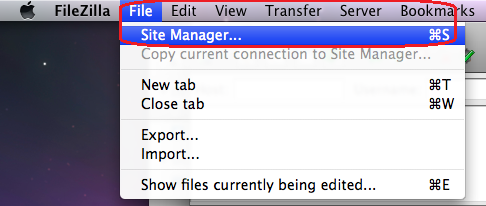

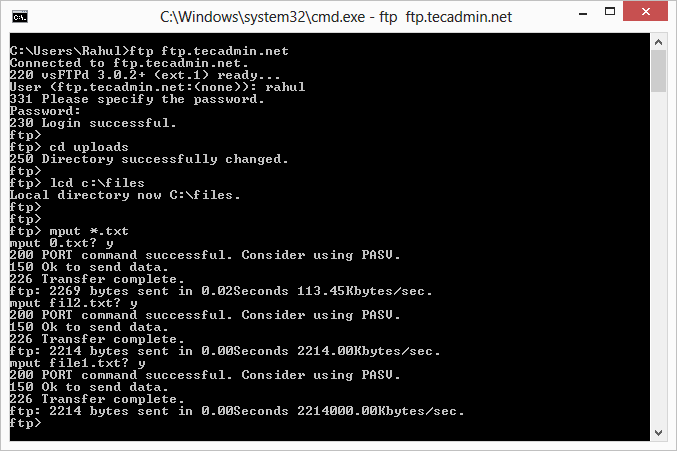

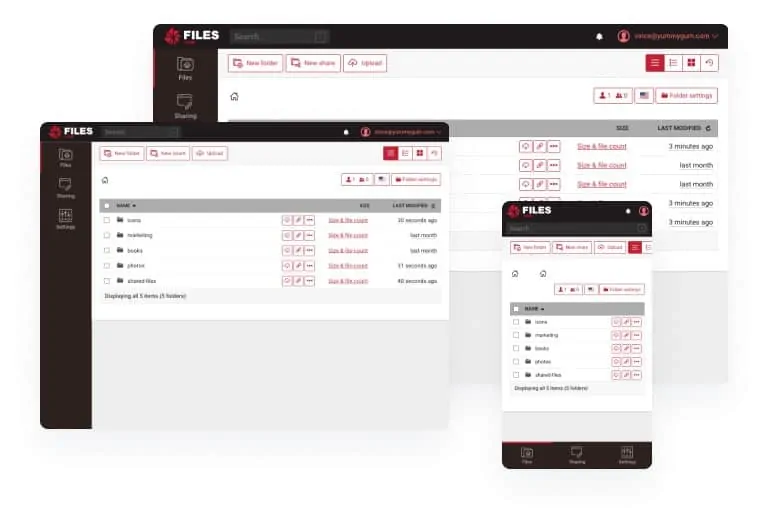
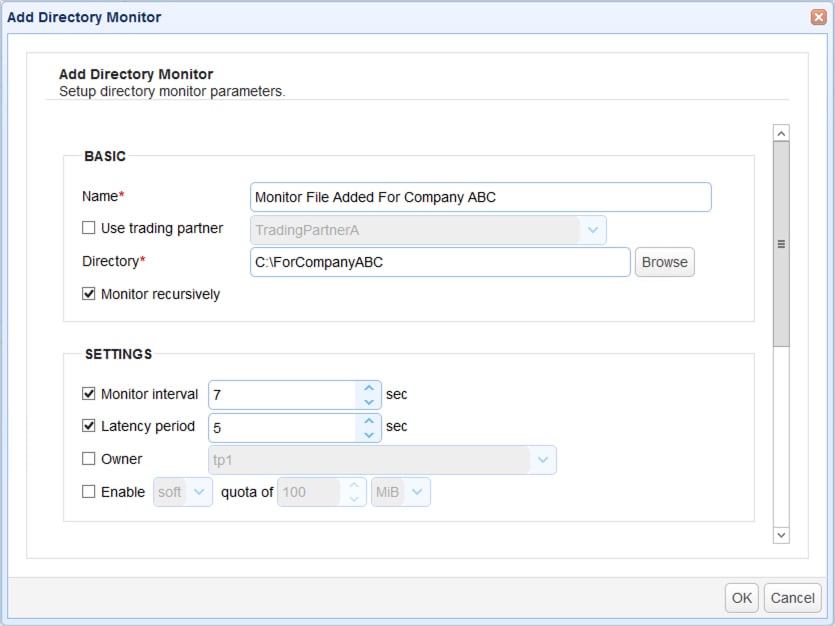
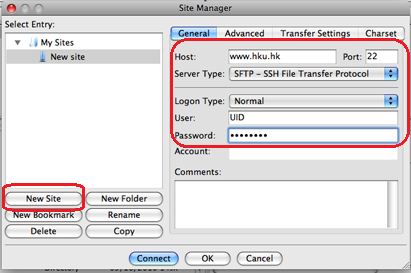

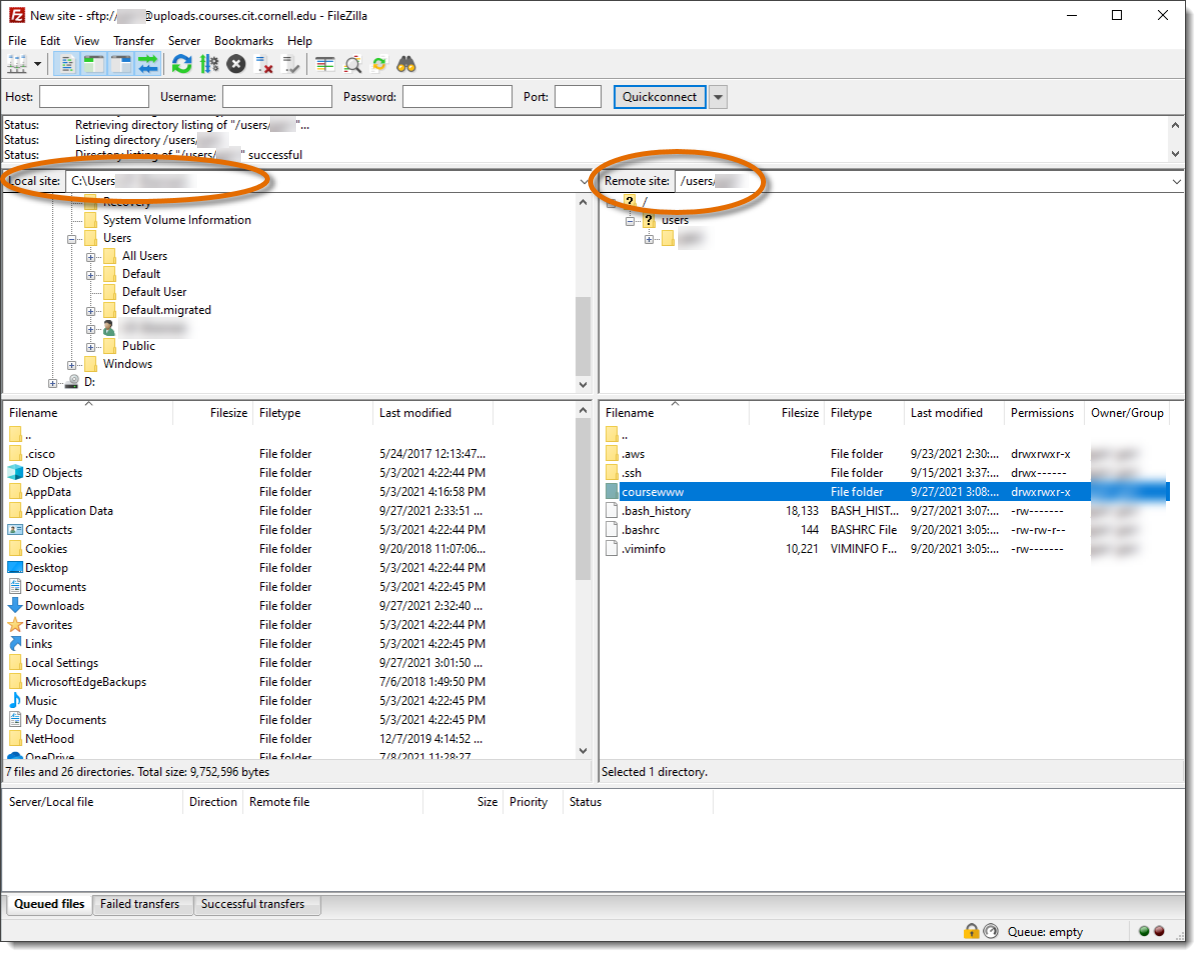



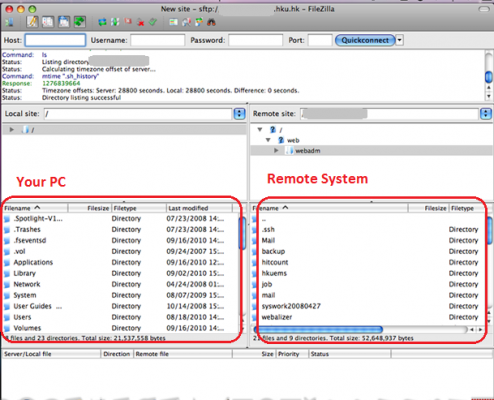



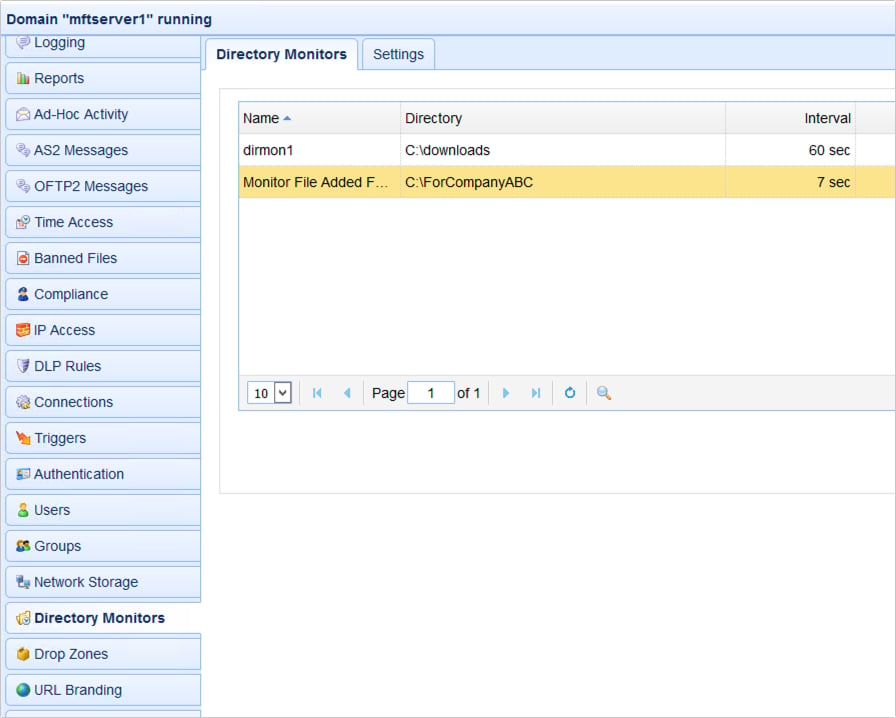


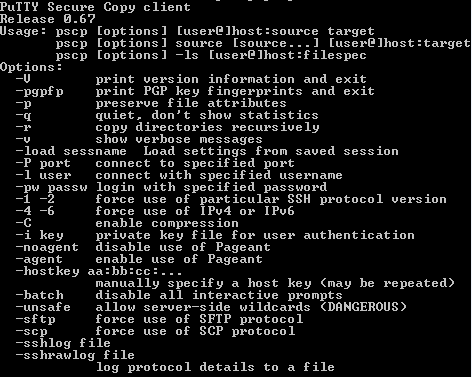

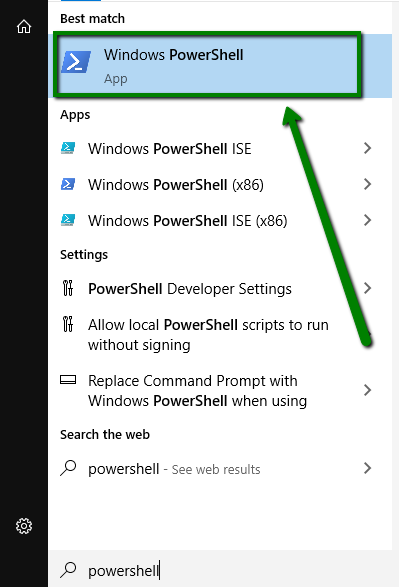



Article link: upload file to ssh server mac.
Learn more about the topic upload file to ssh server mac.
- Mac Terminal SSH file transfer? – Super User
- Uploading files from Mac to Unix/Linux via ssh
- Copying a local file from Mac to an ssh session in terminal
- How to Upload Files to Remote System Over SSH – Linux Handbook
- How to Download and Upload Files over SSH – TecAdmin
- Allow a remote computer to access your Mac – Apple Support
- Connecting to Linux from MacOS – Medium
- How To Upload A File From Your Mac To A Linux Server
- SSH (or SFTP) upload files from OSX terminal – Ask Different
- Mac OS SSH connection using terminal and file upload …
- Transferring Files with SSH – Scripting OS X
- Manage files in Terminal on Mac – Apple Atbalsts (LV)
See more: https://nhanvietluanvan.com/luat-hoc